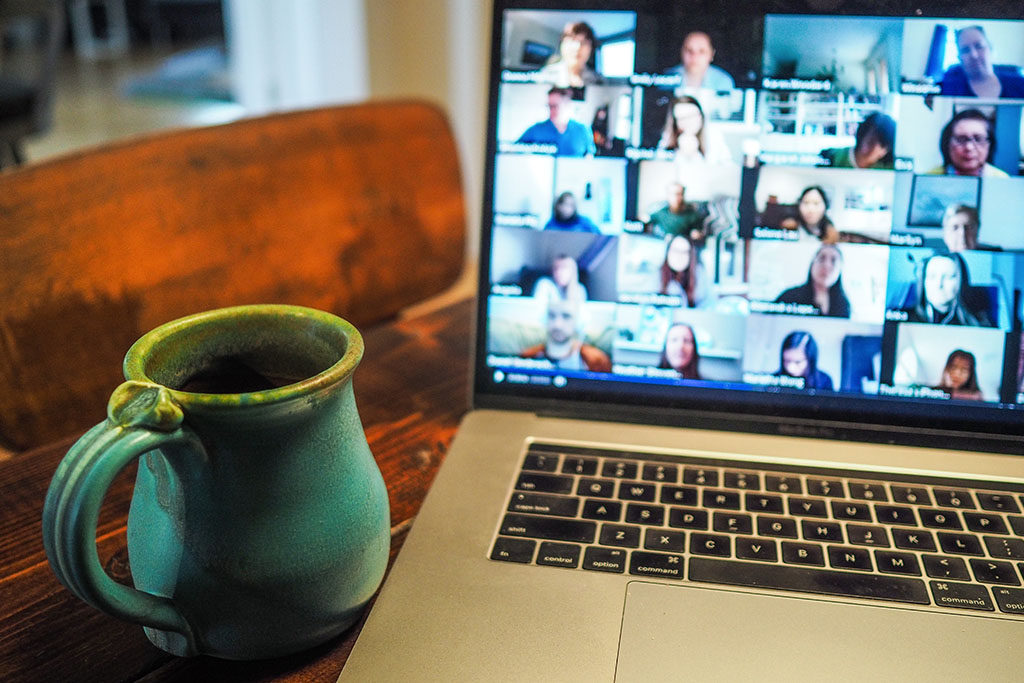This article was originally authored by Gordana Landen, Chief Human Resources Officer at the Adecco Group and published here.
With the lines blurred between work and home and the pandemic crisis affecting people around the world, 2020 has emphasized the critical need for effective well-being programs in the workplace. The coronavirus pandemic, physical isolation, and uncertain economy have all contributed to declining mental well-being for thousands of working adults.
A recent study conducted by the Adecco Group found that a majority of executive leaders feel unequipped to handle conversations around mental well-being. In fact, 54% say it’s difficult to provide effective advice to staff on their mental well-being during the pandemic, and similarly, 50% say it’s difficult to remain aware of how their staff are feeling. This gap is important to note, as 28% of employees say their mental health has declined during the pandemic, and 80% say their employer is responsible for ensuring a better working world after COVID-19.
This calls for a greater focus on improving corporate well-being programs. For decades, many companies have approached well-being programs by investing in convenience-based services or perks, like gyms and Ping-Pong tables; however, these offerings don’t operate as part of a holistic approach and lack the key elements needed for long-term success. As businesses look to revamp corporate well-being programs, it’s important to adopt a model that is sustainable and can evolve over time.
Corporate Well-Being: A New Holistic Model
The Workforce Vitality Model, created by the Adecco Group Foundation, provides a holistic approach to employee well-being that unites both top-down management and bottom-up feedback. The holistic approach incorporates, next to mental and physical well-being, a social aspect, which encompasses employees’ ability to connect, engage with others, and ensure inclusivity, as well as purpose, which focuses on employees’ beliefs and principles to serve as motivation.

These elements, merged with physical and mental well-being, create a model that’s enabled by:
- Policy and practice: structures that support and reinforce behavior through both rules and motivation
- Culture: sets the precedent of “how we do things and why,” reinforcing intrinsic motivation
- Environment: physical and organizational elements that support well-being
- Technology and tools: low-threshold, integrated, financially accessible, and simple
When looking at these elements holistically, businesses can deliver solutions tailored to an organization’s unique needs.
Workshopping the Workforce Vitality Model starts with detecting a problem, identifying the underlying needs, ideating a solution, and outlining a path to success. For example, a company that is facing a lack of engagement may find that the underlying employee need is better support throughout their tenure. In order to achieve that, the company can implement solutions such as:
- Organized development days for skill-building and networking;
- New, direct communications channels to share regular updates, news, and social invitations;
- A new structured incentive program surrounding mentorship or mental well-being;
- New company roles specialized in engagement and well-being; and
- New technologies and platforms designed specifically for well-being.
The Workforce Vitality Model provides a framework that is sustainable, effective, and scalable, no matter the industry. This is critical as the dynamics of the workforce continue to shift while we reset back to normal.
In turn, this new approach to corporate well-being can be highly effective in attracting, engaging, and retaining top talent and improving overall performance. By providing opportunities for employees to create a better lifestyle and a successful career path, companies will be set up for success in a post-pandemic world.



